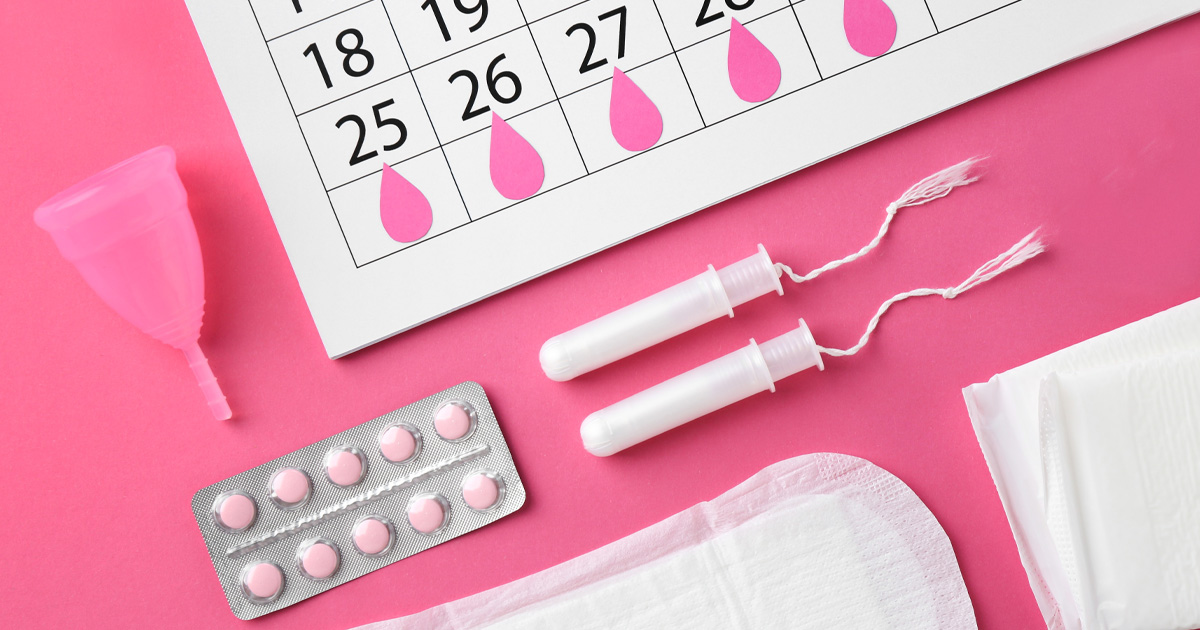
Self-care
Everything You’ve Wanted To Know About Your Nipples
If you’ve ever wondered, “are my nipples normal?” you’re definitely not alone! It’s natural to be curious about our bodies’ differences, but just like us, our nipples are unique and can vary in color, size, and shape. In this article, we’re shedding light on this intriguing body part so you can better understand these fascinating parts of our anatomy.
Understanding Our Breast Anatomy
The nipple is the raised area in the center of the breast, containing nerves as well as milk duct openings for breastfeeding. It is surrounded by the areola, a round patch of skin. The areola contains glands called Montgomery glands that secrete an oil that can help prevent the nipple and skin from chafing. Fun fact: these glands also produce a unique scent that is believed to attract a baby to the breast during breastfeeding. It’s just another amazing characteristic of the female body!
Nipple Shape
When it comes to shape, there are several different shapes of nipples, with some of the most common including protruding, flat, inverted, and puffy.
- Protruding – Point outwards and are often raised by a few millimeters
- Flat – Less pronounced and blend into the areola; they can harden or become more pronounced when cold or stimulated
- Inverted – Retract inward instead of outward
- Puffy– Look like a small, raised mound on top of the breast
Some women may have two different types of nipples – for example, one inverted and one protruding. It’s also possible to have a third nipple that may appear fully formed or like a small bump. Wherever you fall on the spectrum, all are normal and nothing to be concerned about.
Nipple Size
One study found that the average areola diameter was 4 cm (smaller than a golf ball). The study found that the average nipple was 1.3 cm in diameter and .9cm in height, about the size of a ladybug. If these measurements don’t mirror yours – don’t worry! It’s perfectly normal to fall outside of this average, and size in no way affects your health.
Nipple Color
Just as we all have different skin tones depending on our ethnicity, there’s variability with nipple color too. Nipples and areolas can range from pale pink to a deep brown. It’s also possible for nipple and areola color to change throughout our lifetime. Hormonal fluctuations, especially during pregnancy, can cause the area to become lighter or darker.
Nipple Texture
Remember the term “Montgomery glands” that we referenced above? In most cases, those glands are responsible for the small bumps you see on your areola. Hence, some bumpy texture is common. If, however, you notice a strand of hair attached to the bump, it could be a sign of an ingrown hair. A warm compress and gentle exfoliation can help release the trapped hair. But, be careful not to use anything abrasive that could irritate the skin.
In most cases, these bumps are not a cause for concern. However, if you notice a bump accompanied with symptoms of swelling, red bumps that are warm to the touch, a sudden rash, or a sudden forming of a hard mass, it’s a good idea to contact your provider.
Nipple Sensitivity
Some of us naturally have more sensitive nipples than others. Hormonal factors like our monthly cycle or pregnancy can also heighten sensitivity. Other conditions like eczema or dermatitis can also lead to sensitivity. Nipple soreness is possible when breastfeeding and can be treated with the help of a lactation coach. While many everyday activities can cause nipple pain or soreness, if your pain is persistent and associated with other symptoms like fever or chills, skin redness, and/or irregular swelling, it could be a sign of an infection like mastitis. This type of infection requires medical treatment, so don’t hesitate to contact your provider.
Nipple Hair
While it may seem strange for hair to grow around the nipple, it’s actually totally normal to find a stray hair or two growing here. If you choose to remove the hair, do so carefully as this is a sensitive area. Avoid shaving or waxing which can irritate the skin. Instead, opt for tweezers to carefully remove the unwanted hair.
When To Contact Your Provider
It’s completely normal for nipple appearance to vary from woman to woman – and there is beauty in this diversity! However, it’s important to keep an eye out for anything out of the ordinary for you, such as discharge, rashes, a change in position in your nipples, or other health symptoms. At-home monthly self-breast checks can help you stay in-tune with your breasts and track any changes over time. If anything seems out of the ordinary, contact your Axia Women’s Health provider.





































